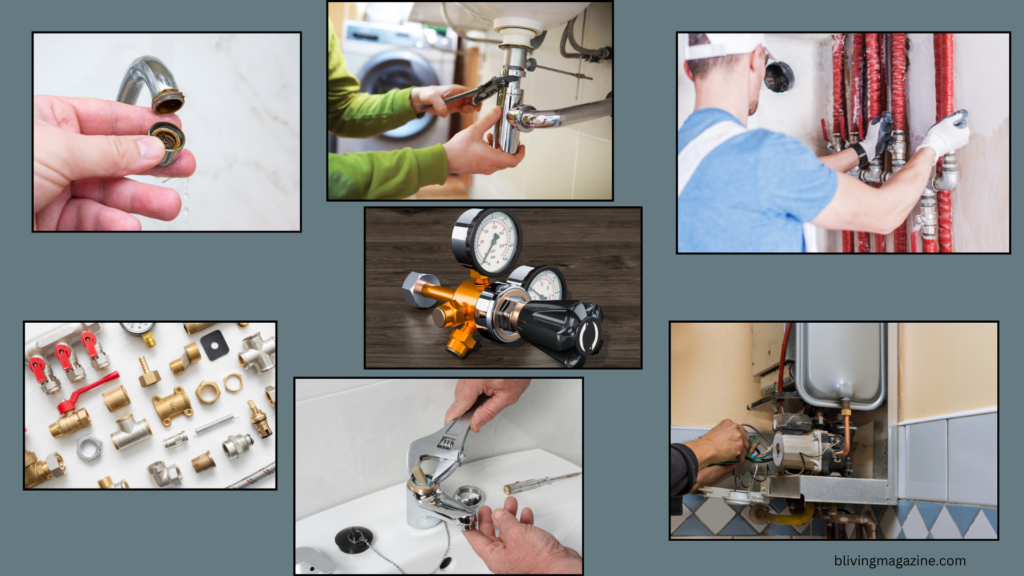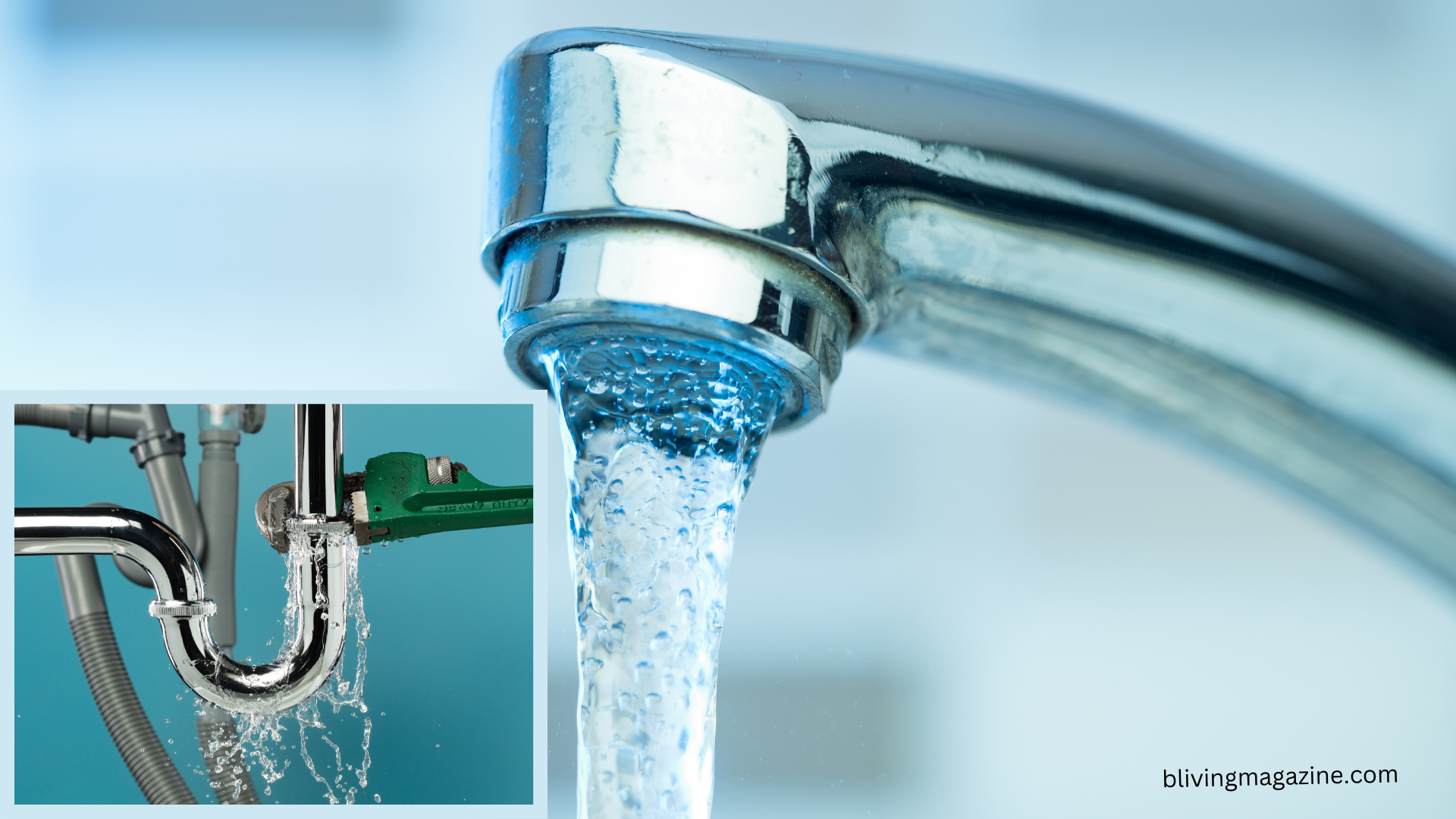Low water pressure in the kitchen sink is a common issue that many homeowners face at some point. It can make everyday tasks like washing dishes, cleaning vegetables, and filling pots for cooking a frustrating experience. While this problem might seem minor initially, it can lead to a more significant inconvenience in the long run if not addressed properly. Fortunately, understanding the causes of low water pressure and knowing how to fix it can help resolve the problem effectively. This article explores the reasons behind low water pressure in kitchen sinks and provides practical solutions to help you restore proper water flow in your kitchen.
Understanding Low Water Pressure in Kitchen Sink
Water pressure is the force with which water flows through your plumbing system. When the pressure is low, it results in a weak stream of water coming out of your faucets, making everyday tasks more difficult. Low water pressure can occur due to a variety of factors, ranging from problems with the water supply to issues within the plumbing system itself. Identifying the cause of low water pressure is the first step in fixing the issue.
Common Causes of Low Water Pressure in Kitchen Sink
There are several reasons why you might experience low water pressure in your kitchen sink. It’s important to understand these causes so that you can effectively address the issue. Below are some of the most common reasons for low water pressure in kitchen sinks:
1. Clogged Aerator
The aerator is a small mesh filter located at the tip of the faucet spout. Over time, mineral deposits, dirt, and debris can accumulate in the aerator, which can obstruct water flow and cause low water pressure. This is one of the most common and simplest causes of low water pressure in kitchen sinks.
2. Faulty or Leaky Pipes
If your pipes are old, corroded, or leaking, they can significantly reduce the water pressure in your kitchen sink. Leaks allow water to escape before it reaches your faucet, resulting in a reduced flow. Similarly, corroded pipes can narrow over time, causing water to flow with less force.
3. Water Supply Issues
Sometimes, low water pressure can be traced back to issues with the municipal water supply. If there’s a reduction in the overall water supply pressure, it will affect all faucets in your home, including the kitchen sink. This could be due to water main repairs, issues with the water supply company, or a temporary drop in the water supply.
4. Blocked Plumbing Vents
Plumbing vents allow air to enter your plumbing system and help maintain proper pressure. If these vents become blocked, it can disrupt the flow of water throughout your pipes, leading to low water pressure in your kitchen sink.
5. Malfunctioning Pressure Regulator
Some homes have a pressure regulator that controls the amount of pressure in the plumbing system. If this regulator malfunctions, it can lead to low water pressure throughout the house, including the kitchen sink.
6. Old or Faulty Faucets
If your kitchen sink’s faucet is old or damaged, it may be a contributing factor to low water pressure. Faucets with worn-out components can cause water flow issues, reducing the pressure at the spout.
7. Problems with the Hot Water Supply
If the issue with low water pressure is only affecting the hot water, it might indicate a problem with your water heater or the hot water supply line. Sediment buildup in the water heater can restrict the flow of hot water, leading to low pressure in the sink.
How to Fix Low Water Pressure in Kitchen Sink

Now that we understand the possible causes of low water pressure, let’s look at some effective solutions to address the issue. Depending on the root cause of the problem, the solutions can range from simple DIY fixes to more complex repairs that may require professional assistance.
1. Clean or Replace the Aerator
If the aerator is clogged, it’s one of the simplest and quickest fixes you can perform. To clean the aerator:
- Turn off the water supply to the faucet.
- Unscrew the aerator from the faucet spout.
- Soak the aerator in vinegar for a few hours to dissolve mineral deposits.
- Use a small brush (such as an old toothbrush) to scrub away any remaining debris.
- Rinse it thoroughly and screw it back onto the faucet.
If cleaning the aerator doesn’t fix the problem, you may need to replace it. Aerators are inexpensive and easy to replace, and you can find one at your local hardware store.
2. Inspect and Repair Leaky or Clogged Pipes
If you suspect that your pipes are leaking or clogged, you should inspect them for any visible damage. Look for signs of leaks, such as water stains, damp areas, or mold growth on the walls or floors near the pipes. If you find a leak, it’s important to fix it immediately. For minor leaks, you can use pipe repair tape or sealants, but if the damage is significant, you may need to call a professional plumber to replace the damaged pipes.
In the case of clogged pipes, you can attempt to clear them with a plunger or a plumbing snake. If these methods don’t work, it might be time to call a plumber to clear the blockage professionally.
3. Check the Water Supply
If the low water pressure is affecting all faucets in your home, it might be due to a problem with the water supply. Check with your local water supplier to see if there are any ongoing issues or repairs that could be causing the pressure drop. If the issue is widespread, it might resolve on its own once the water company addresses the problem.
If the problem is isolated to your home, check the main water valve to ensure it’s fully open. Sometimes, the valve may be partially closed, which restricts the flow of water.
4. Unclog Plumbing Vents
If blocked plumbing vents are causing low water pressure, you’ll need to clear the obstruction. Plumbing vents are usually located on the roof, so you may need a ladder to access them. Once you locate the vent, check for any debris, such as leaves, twigs, or bird nests, that could be blocking the airflow. Remove any blockages to restore proper ventilation and pressure.
5. Replace the Pressure Regulator
If you have a pressure regulator installed and suspect that it’s malfunctioning, you may need to replace it. A professional plumber can help you with this, as replacing a pressure regulator requires specific tools and knowledge. Once the regulator is replaced, you should notice an improvement in water pressure throughout your home, including the kitchen sink.
6. Replace or Repair the Faucet
If the faucet is the source of the problem, you may need to replace it. Over time, faucet components can wear out, leading to low water pressure. Installing a new faucet is a relatively easy task that you can do yourself with basic plumbing knowledge. However, if you’re unsure, it’s best to consult a professional plumber to ensure proper installation.
7. Service the Water Heater
If only the hot water pressure is low, your water heater might need servicing. Sediment buildup in the tank can reduce the flow of hot water, so you may need to flush the tank to remove the sediment. If you’re not comfortable doing this yourself, a plumber can help you flush the water heater and restore proper flow.
Preventing Low Water Pressure in Kitchen Sink
Once you’ve addressed the issue of low water pressure, it’s essential to take steps to prevent it from recurring. Regular maintenance and timely repairs can go a long way in ensuring that your kitchen sink maintains a strong and steady water flow. Here are some tips to help you prevent low water pressure in the future:
- Clean the aerator regularly to prevent mineral buildup.
- Inspect your pipes and faucets for signs of damage or wear.
- Check the water pressure regularly to ensure it stays within the optimal range.
- Schedule regular maintenance for your plumbing system to catch potential issues before they become significant problems.
- Install water softeners to prevent mineral buildup in your pipes and faucets, especially if you have hard water.
Also Read: DIY Tips on How to Clean Sink Faucet Head Quickly
Conclusion
Low water pressure in the kitchen sink can be a frustrating issue, but with the right knowledge and approach, it’s a problem that can be resolved effectively. By identifying the root cause of the issue, whether it’s a clogged aerator, leaky pipes, or a malfunctioning pressure regulator, you can take the necessary steps to restore proper water flow in your kitchen. Regular maintenance and timely repairs will help prevent future occurrences of low water pressure, ensuring that your kitchen sink continues to provide a steady flow of water for your daily tasks.
